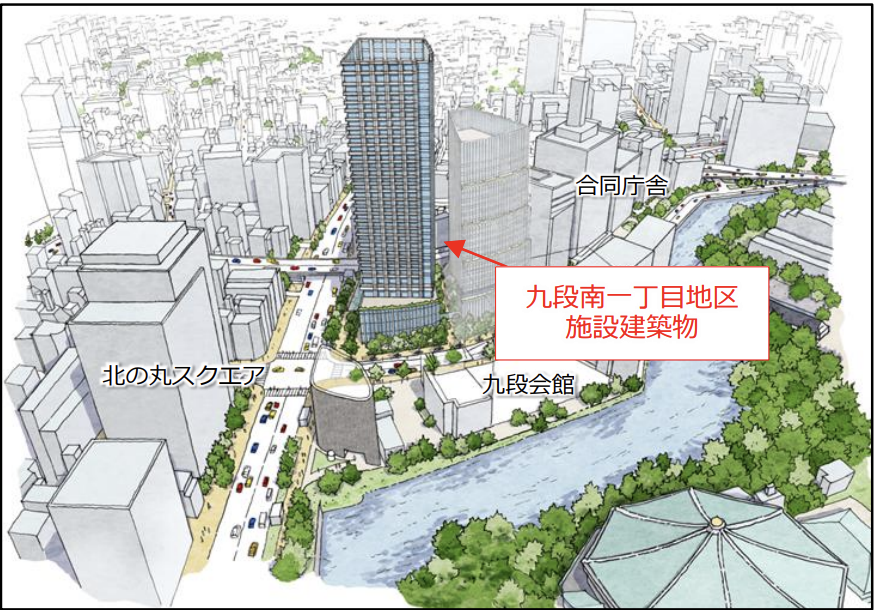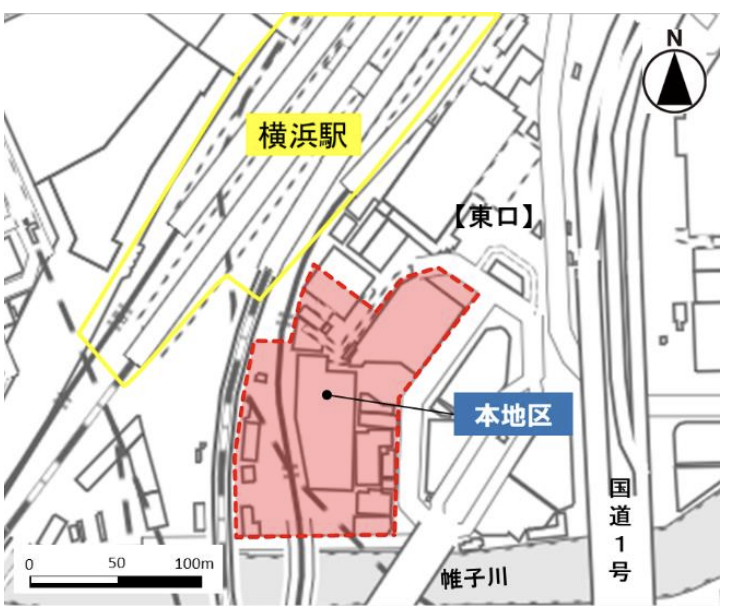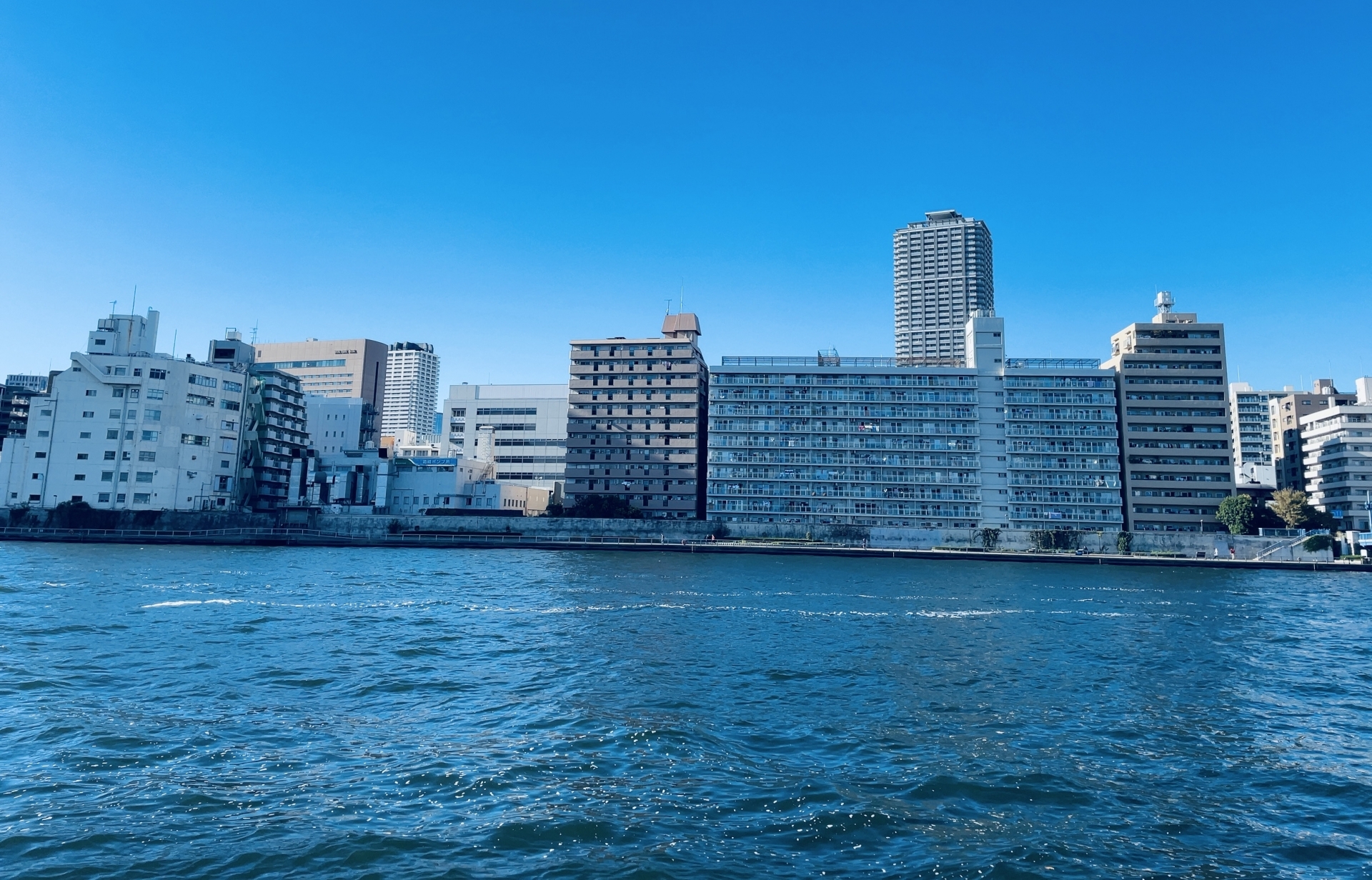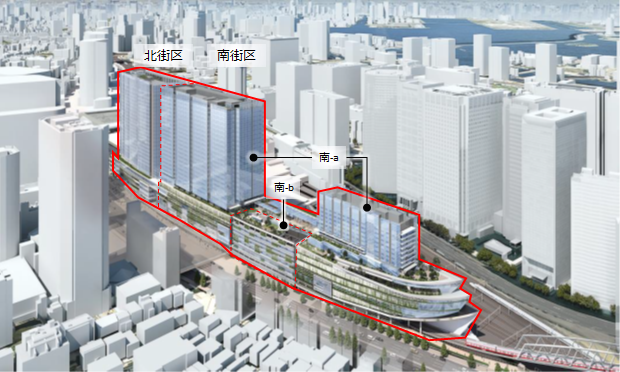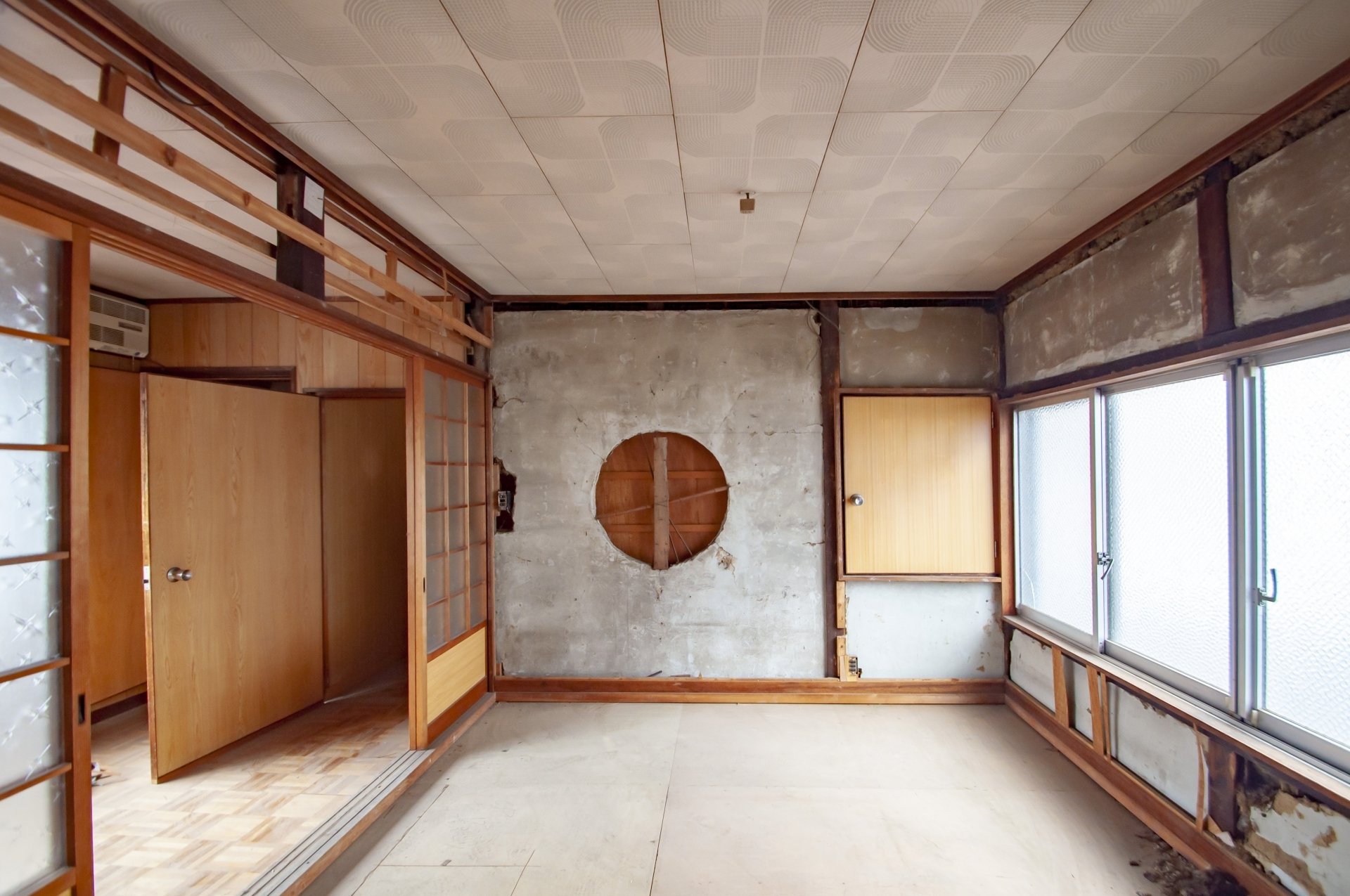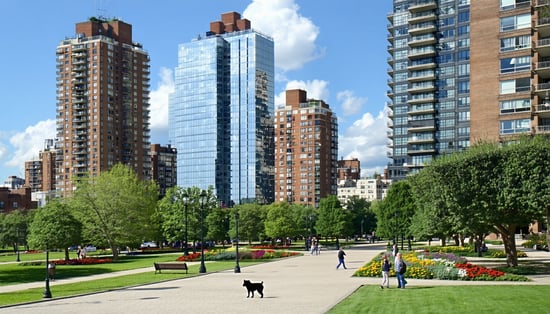Disputes over the restoration of rental properties to their original condition upon move-out are a persistent issue. According to a survey by the National Consumer Affairs Center of Japan, the number of consultations regarding restoration to original condition has reached approximately 13,000 to 14,000 cases annually, accounting for about 40% of all rental-related disputes and making it the most common area of consultation. Specific examples of consultations include cases where tenants were charged unexpectedly high fees, asked to cover repair costs for normal wear and tear, or billed for damages that were already present before moving in. For landlords, such disputes can pose significant risks to their rental business operations. This article provides a systematic explanation of the basic rules for restoration of the property to its original condition in rental agreements, points to note for both tenants and landlords, and specific examples of typical issues that arise when tenants move out, along with preventive measures. Finally, we will introduce the benefits of entrusting these complicated tasks and risks to INA, so that landlords can manage their rental properties with peace of mind.
Basic rules for restoration of the property to its original condition in rental agreements
“Restoration to original condition” refers to the obligation of the tenant (occupant) to return the rental property to the same condition as when they moved in upon moving out. In Japan, it is generally the tenant's responsibility to restore the property to its original condition; however, this does not mean that the property must be returned to exactly the same state as before occupancy. It is impossible to completely restore the property to its original condition due to natural wear and tear over time, and such costs are excluded from the tenant's liability under the law and guidelines.
The Ministry of Land, Infrastructure, Transport and Tourism (MLIT) has published guidelines titled “Disputes Regarding Restoration to Original Condition and Guidelines,” which define restoration to original condition as “the restoration of any reduction in the value of the building caused by the tenant's residence or use, excluding damage or deterioration caused by the tenant's intentional or negligent acts, breach of the duty of care, or use exceeding the scope of normal use.” In other words, this means that tenants are not obligated to restore the property to its original condition for wear and tear resulting from normal use or the passage of time (so-called normal wear and tear). In fact, this principle was explicitly codified in the April 2020 amendment to the Civil Code. The amended Civil Code clearly stipulates that “damage attributable to the tenant” and “wear and tear or damage caused by normal use and natural aging” are not included in the obligation to restore the property to its original condition, thereby elevating the principles previously outlined in the guidelines to legal rules. For example, fading of wallpaper or tatami mats due to sunlight, dents in floors or carpets caused by placing furniture, and discoloration on walls behind televisions or refrigerators are classified as normal wear and tear and fall under the landlord's responsibility. On the other hand, stains or damage caused by the tenant's negligence or lack of maintenance, such as tobacco stains or odors, damage to columns or floors caused by pets, or mold caused by insufficient maintenance, are not considered normal wear and tear and are typical examples where the tenant may be required to cover repair costs.
The handling of “deposit” has also been clarified under the same amended Civil Code. A security deposit is a sum of money paid by the tenant at the time of signing the lease agreement as collateral. Upon termination of the lease agreement and return of the property, the landlord is obligated to return the remaining amount of the security deposit to the tenant after deducting any unpaid rent or costs for restoring the property to its original condition. In other words, the costs for restoring the property to its original condition are settled from the security deposit, and any deficiency is billed to the tenant, while any surplus is refunded as part of the security deposit. Additionally, if the lease agreement includes a “special provision” (a clause stipulating that the tenant is responsible for restoration costs beyond the scope of normal restoration), the terms of that provision take precedence over the general principles of the Civil Code. However, for such a special provision to be valid, the landlord must have adequately explained its contents to the tenant and obtained their consent, and the provision must also be deemed reasonable under generally accepted social norms. It is common for special clauses regarding cleaning fees or key replacement costs to be included in the lease agreement, but even in such cases, it is important to ensure that the terms do not impose an unreasonable burden on the tenant beyond what is typically expected. As a landlord, it is important to clearly stipulate the scope of restoration and the rules for security deposit settlement in the lease agreement and to confirm that the terms align with public guidelines and the revised Civil Code.
Points for tenants to note
In a lease agreement, tenants are only required to bear the costs of restoration to the original condition for damages caused by their own negligence or improper use. As an owner, you can help prevent disputes at the time of move-out by ensuring that tenants are aware of the following points.
- Daily maintenance and fulfillment of the duty of care: Tenants are legally obligated to exercise the “duty of care of a reasonable person” under the contract. It is important to inform tenants to keep the interior clean on a daily basis and to maintain equipment and ensure proper ventilation. For example, mold and water stains in wet areas can result from insufficient daily cleaning, so encouraging proper cleaning can prevent excessive damage. Such damage beyond the scope of normal use may be the tenant's responsibility, so it is advisable to inform tenants of this at the time of move-in.
- Prohibition of unauthorized modifications or damage: Acts such as drilling large nails or screws into walls, moving furniture in a way that causes damage to the floor, or keeping pets without permission may result in damage beyond normal wear and tear. It is important to clearly explain prohibited actions in the lease agreement and inform tenants that prior consent from the landlord is required for any necessary modifications. For example, recommending measures such as “using adhesive hooks instead of nails to secure heavy furniture” or “laying floor protection mats even in pet-friendly properties” can help prevent unnecessary damage.
- Inspection of the property at move-in and move-out: It is recommended that tenants also photograph any existing damage or dirt in the room at move-in and share these photos with the landlord. At move-out, conduct a property inspection with the tenant present whenever possible to confirm any necessary repairs. This benefits the tenant by helping them acknowledge any damage they caused, making it easier to accept any charges at move-out. Conversely, if damage is clearly pre-existing, the tenant can report it on-site to avoid misunderstandings. Landlords should inform tenants of the importance of documenting the property's condition at move-in and move-out.
- Confirm and communicate the terms of the contract: If tenants do not fully understand the terms of the contract regarding restoration to original condition and security deposit settlement, it may lead to disputes over “unexpected costs” later on. If the contract includes special provisions regarding the tenant's responsibility for cleaning fees, etc., it is essential to explain these terms clearly to the tenant and obtain their agreement. Additionally, once the tenant decides to move out, it is advisable to inform them of the expected cleaning standards and procedures for necessary repairs, and address any questions in advance. Ensuring thorough understanding of the contract terms helps prepare tenants mentally and prevents misunderstandings during move-out.
By sharing these points with the tenant in advance, both the owner and the tenant can achieve a smooth move-out process. As an owner, it is advisable to communicate these points to the tenant through orientation sessions or posted notices at the time of move-in.
Points for the landlord (owner) to note
Next, we will outline the key points that the landlord (owner) should note when handling restoration to original condition. By taking appropriate measures, unnecessary disputes and expenses can be avoided, leading to reliable rental management.
- Clarification of the lease agreement and compliance with the latest rules: Conditions regarding restoration to original condition and security deposit settlement should be clearly stated in the lease agreement. Refer to the Ministry of Land, Infrastructure, Transport and Tourism's standard lease agreement and guidelines to specify the distinction between normal wear and tear and tenant-responsible repairs in the terms and conditions. It is also important to note that rules have changed with the 2020 legal revisions. Outdated practices (e.g., “deposits are non-refundable”) no longer apply, and it is crucial to update contract terms and operations to comply with the law. Regularly review the format and clauses of the lease agreement and consult with experts as needed for peace of mind.
- Recording and sharing property condition: Detailed records of the property's condition at the time of tenant recruitment and handover are essential for preventing disputes upon move-out. At move-in, the owner or management company should create photos and a checklist of the interior and confirm with the tenant the presence of any damage or stains, reaching mutual agreement. This significantly reduces disputes over responsibility for damage upon move-out. Similarly, it is advisable to conduct a final inspection with the tenant at move-out and share a list of necessary repairs and estimated costs on-site. Sharing records and maintaining transparency in communication enhances tenant satisfaction and helps prevent disputes.
- Understanding Normal Wear and Tear and Proper Allocation of Costs: Owners must accurately distinguish between items classified as age-related deterioration or normal wear and tear and those that are the tenant's responsibility. As mentioned earlier, items such as wallpaper discoloration due to sun exposure, floor dents, and equipment malfunctions due to aging are the responsibility of the landlord. If tenants are charged for these, it may lead to complaints that they are being charged for wear and tear that occurred during normal living. When making charges, determine whether the repairs or cleaning required are due to aging or tenant negligence, and allocate costs fairly. Additionally, consider the expected lifespan of wallpaper and fixtures. Even if some damage is caused by the tenant, it is fair to adjust the replacement costs based on the remaining value rather than requiring full payment for new items. Clearly communicating the principles of appropriate cost allocation can help tenants understand and prevent disputes.
- Thorough calculation and explanation of repair costs: When requesting costs for restoring the property to its original condition, provide the tenant with as detailed an explanation as possible of the breakdown and basis for the costs. If it is unclear how much was spent on what, it may lead to mistrust on the part of the tenant. For example, “Wallpaper replacement: XX yen (due to cigarette smoke stains requiring full replacement of one wall)” or “House cleaning fees: XX yen (kitchen grease stains and bathroom mold cleaning).” Providing reasons for each item in this manner is recommended. If possible, presenting estimates or work photos can enhance credibility. Striving to provide explanations that are easy for tenants to understand is key to avoiding emotional conflicts and achieving a smooth resolution.
- Utilizing professionals and handling disputes: If it is difficult for the owner to handle everything on their own, it may be advisable to utilize a reliable real estate management company or expert. Seeking an objective judgment from a third party may lead to a conclusion that both the landlord and tenant can accept. In the event of a dispute, it is also important to consult with a professional (such as a lawyer or mediation agency) at an early stage and take appropriate measures. A proactive approach to resolving issues promptly is crucial.
By taking the above points into consideration and proactively ensuring fair and appropriate restoration of the property, landlords can significantly reduce issues at the time of move-out and maintain trust between landlords and tenants.
Common Examples of Move-Out Issues and Preventive Measures
Finally, we will discuss several common examples of issues that arise when tenants move out of rental properties, along with their causes and preventive measures. By understanding potential issues in advance, landlords can prepare and take appropriate measures more effectively.
Case 1: Dispute over who should bear the cost of repairs due to normal wear and tear
Example: A tenant was requested to cover the cost of replacing the wallpaper in the entire living room upon moving out. The tenant expressed dissatisfaction, claiming that the request included charges for dirt that was unavoidable due to normal living conditions, and the parties disagreed over the amount of the security deposit to be returned. While there was some discoloration and fading on the wallpaper due to furniture placement, the landlord also identified nicotine stains from smoking during the tenant's occupancy, leading to the decision to replace the wallpaper entirely.
Cause Analysis: In this case, normal wear and tear (darkening and fading caused by furniture) and damage caused by the tenant's negligence (nicotine stains from smoking) were mixed together. Normally, the cost of replacing wallpaper due to normal wear and tear should be borne by the landlord, while the cleaning and replacement of nicotine-stained areas should be the tenant's responsibility. However, the landlord failed to clearly distinguish between the two and instead billed the tenant for the entire amount, which led to the dispute.
Preventive Measures: When billing for restoration costs, it is essential to carefully distinguish between normal wear and tear and other damage. If only a portion of the wallpaper is stained, replace only that section and allocate the costs accordingly to ensure a fair settlement. Additionally, clearly state in the lease agreement that “smoking is prohibited” or “damage caused by smoking is the tenant's responsibility” and ensure that tenants are aware of these terms. Even if a full replacement due to nicotine stains is unavoidable, it is advisable to explain the situation to the tenant with input from a professional and adjust the cost calculation by deducting the portion attributable to normal wear and tear. In essence, ensuring that both parties clearly understand what is the tenant's responsibility and what is not is the key to preventing disputes over cost allocation.
Case 2: Dispute caused by insufficient explanation of special terms at the time of contract
Example: A tenant was charged several tens of thousands of yen for house cleaning fees upon moving out and claimed that they had not been informed of such costs, leading to a dispute. The landlord had stipulated in the contract's special terms that “the tenant is responsible for cleaning fees of ○ yen upon moving out,” but the tenant had a vague understanding of this and claimed they only became aware of the responsibility at the time of moving out. Ultimately, since the contract was signed and stamped, the tenant paid the fees, but the trust between the landlord and tenant was damaged.
Cause Analysis: The cause was insufficient prior explanation of the special clause. Even if the special clause itself is valid, if the tenant does not fully understand its contents, it may lead to dissatisfaction. In this case, the explanation of the cleaning fee responsibility was not sufficiently provided verbally at the time of the contract, resulting in a discrepancy in the tenant's cost expectations.
Preventive measures: It is essential to explain the contents and amounts of special clauses at the time of contract signing and obtain the tenant's clear consent. In addition to having the tenant sign the relevant sections of the important matters explanation document or the contract, it is advisable to be thorough by asking, “Do you agree to bear the costs of ○○ upon moving out?” Furthermore, the content of the special clauses should be reviewed to ensure they are reasonable in light of industry standards. In recent years, there have been cases where a certain amount of cleaning fees are paid in advance (as depreciation) at the time of contract signing. However, it is preferable to present contract conditions in a manner that is foreseeable for the tenant, including such cases. By providing sufficient explanation and reaching agreement at the contract stage, you can prevent complaints such as “I wasn't informed” and ensure smooth move-out procedures.
Case 3: Example of issues arising from insufficient inspection of the property at move-in
Case: After the tenant moved out, the landlord discovered significant damage to the floor and requested repair costs. However, the tenant claimed that the damage was already present before moving in and refused to agree to the costs. Since there was no detailed inspection or documentation of minor damages during the property handover at the time of the contract, and both parties' memories were vague, resolving the issue ultimately required significant time and effort.
Cause Analysis: The root cause was the lack of communication regarding the property's condition at the time of move-in. Since the landlord did not prepare photos or reports of the initial condition, they could not completely refute the tenant's claims, leading to difficult negotiations over cost responsibility.
Preventive Measures: The most effective preventive measure is to document and agree on the property's condition at the time of move-in. The landlord or property manager should conduct an on-site inspection of the property, list any existing scratches or stains, and have the tenant confirm and sign the list. Keeping a copy of this record for both parties ensures that any discrepancies regarding whether damage existed at move-in can be clarified based on the record. Additionally, even if damage not recorded is discovered at move-out, it can be objectively demonstrated that it occurred after move-in, leaving the tenant with no choice but to accept responsibility. While it may seem like a hassle, thoroughly conducting the move-in inspection process is crucial for preventing major issues in the future.
As we have seen in the above examples of common issues and their solutions, the key preventive measures are “thorough information sharing and documentation” and “clarification of contract terms and rules.” By preparing adequately as an owner and maintaining close communication with tenants, most issues can be prevented before they arise.
In conclusion
Handling the restoration of rental properties upon move-out is a complex task that requires appropriate processing based on an understanding of laws and guidelines, as well as careful communication with tenants. By addressing the points outlined above, property owners can avoid many potential issues. However, in reality, managing all aspects of property management from move-in to move-out requires significant time and effort. Additionally, responding to legal changes and handling disputes requires specialized knowledge, which can be a significant burden for individuals to manage alone.
To avoid such complex tasks and risks and operate your rental business with peace of mind, a professional property management company like INA can be a strong ally. The company has extensive management experience in the real estate management field and employs staff with specialized knowledge who are well-versed in the latest laws and guidelines. As a result, they can provide accurate and fair responses in matters such as determining the condition of the property upon move-out and negotiating with tenants. Additionally, INA maintains a 24/7 support system and has the ability to respond quickly and appropriately to any issues reported by tenants. INA handles all aspects of tenant management, including tenant communication, contractor coordination, and security deposit settlements, allowing property owners to focus on stable rental operations without worrying about tedious procedures. Furthermore, INA leverages its years of experience and expertise, combined with the latest technology, to contribute to maintaining and enhancing the value of properties.
Most disputes related to property restoration can be prevented by leveraging the expertise of professionals. We encourage property owners to consider entrusting INA with property management to ensure a secure and reliable asset management experience. By entrusting your property to professionals with extensive experience and exceptional problem-solving skills, you can be freed from the hassle of dealing with disputes and achieve stable rental operations with peace of mind.

Daisuke Inazawa
Representative Director of INA&Associates Inc. Based in Osaka, Tokyo, and Kanagawa, he is engaged in real estate sales, leasing, and management. He provides services based on his extensive experience in the real estate industry. Based on the philosophy that “human resources are a company's most important asset,” he places great importance on human resource development. He continues to take on the challenge of creating sustainable corporate value.

.png)

